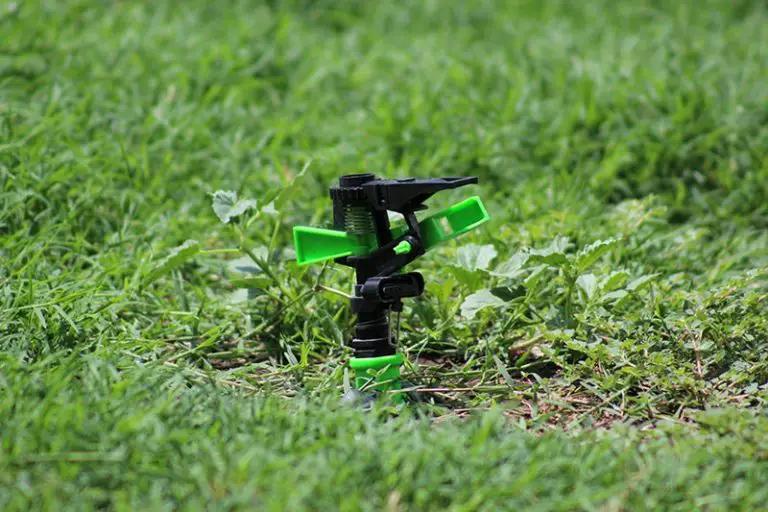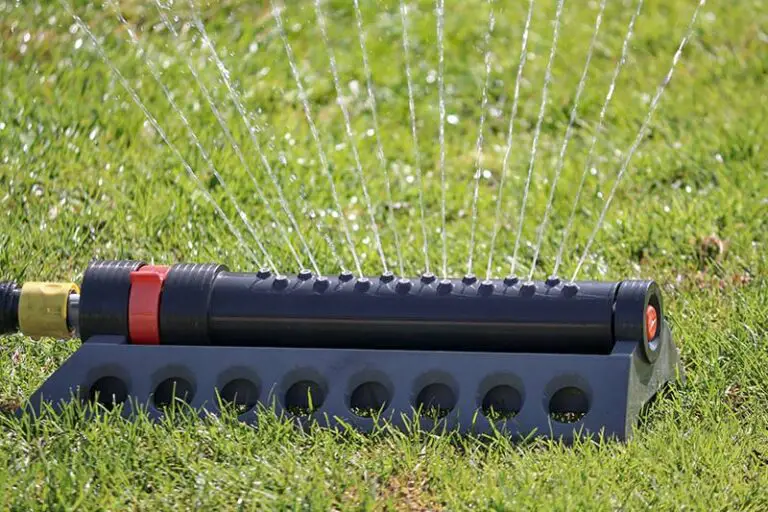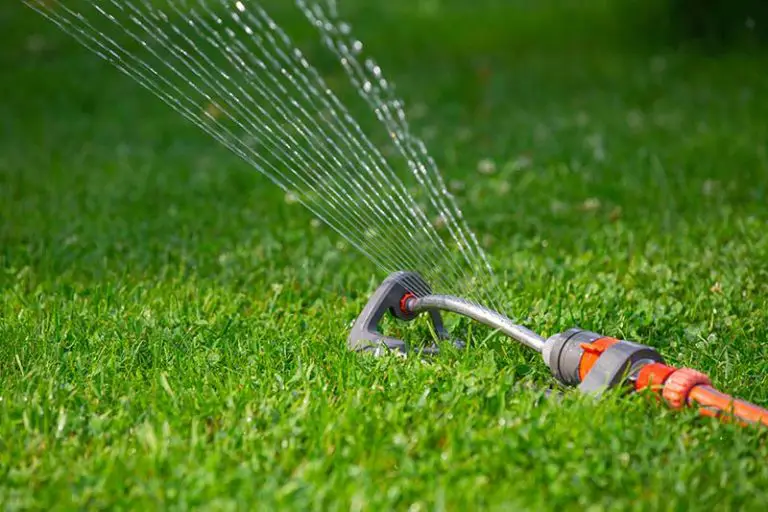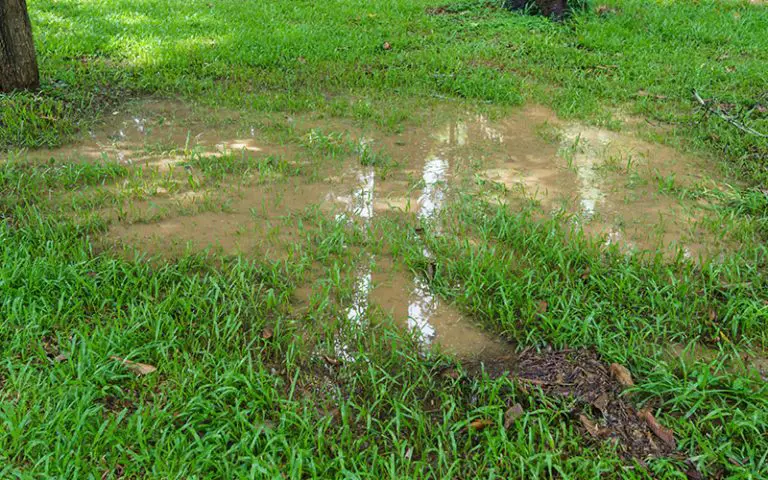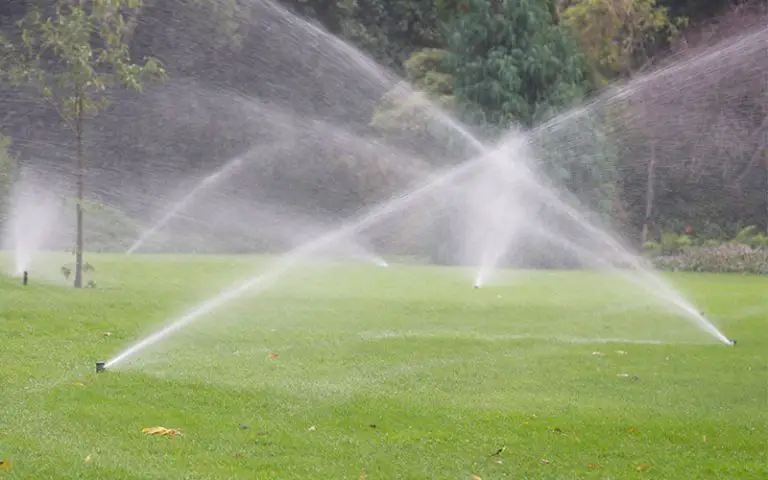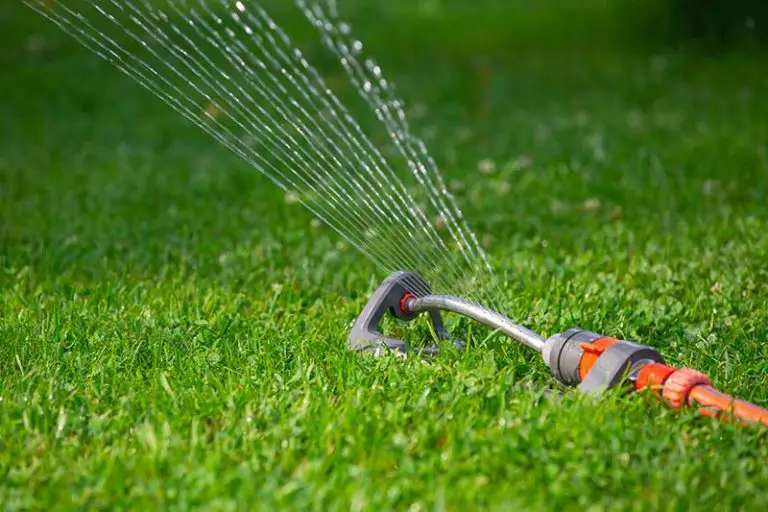Recommended Sprinkler Run Times
Sprinkler systems exist to help maintain healthy gardens. They help regulate grass and other greenery planted in yards and can reduce the amount of time and maintenance needed to keep your garden looking its best. However, sprinkler systems can also lead to waste water and overwatered grass if not controlled properly, which can lead to energy bills increasing or damage to your lawn.
The recommended sprinkler run time depends on multiple factors involving your garden, but, generally speaking, it usually lasts from 10-30 minutes depending on these factors. You need to consider the different factors that will affect your sprinkler run times, as it can lead to further issues if left unchecked.
Things to Consider
When choosing to run your sprinkler system, there are several things that should be considered beforehand to ensure that it will be working effectively.
Time of Day
The time of day which you choose to run your sprinkler system at will determine how long and how often you will need to water your garden. The time of day makes a big difference, as the amount of water that evaporates can depend entirely on when the sprinkler is used. As a result, it’s often suggested that a sprinkler be used early morning or of an evening, to ensure that water is less likely to evaporate whilst in use.
Time of Year
Sprinkler systems are much more necessary in the summer than they are during any other time of the year. Whilst spring can be dry and warm, summer is the height of the sunny weather and it’s essential that grass is being watered regularly during it. Sprinkler systems should be winterized during fall and winter as they do not see much use during this time period, and the threat of a cold snap approaching can leave systems broken or malfunctioning if winterized improperly.
Your Climate
How often your sprinkler should run depends a lot on the climate in which you live. If you live somewhere that rains fairly frequently, even during summer months, you will probably need to run your sprinklers less than an individual who lives somewhere that often experiences drought.
Size and Shape of your Yard
The size and shape of your yard can also determine how long and how much you should water it. A smaller yard isn’t likely to need watering as much as a larger one, just as it isn’t going to need to be watered for as long.
The Types of Grass and Plants You Have
The plants and grass that you have in your yard can greatly affect the way in which you should care for it. There are different types of grass that require different amounts of water. Cool season grasses, such as buffalo grass and fescue grass, thrive more in the winter and cooler months as opposed to warm season grasses like Augustine and Bermuda grass. They often need less water to thrive, and survive in warmer climates.
The Type of Sprinklers You Have
The type of sprinklers you have can make a massive difference to how long your system should run. For instance, a set of sprinklers that may not have great reach or range may require longer runtimes than sprinklers that aren’t as limited to their reach or range. You can find different types of sprinklers that will accommodate different sizes and shapes of lawn to help optimize your watering.
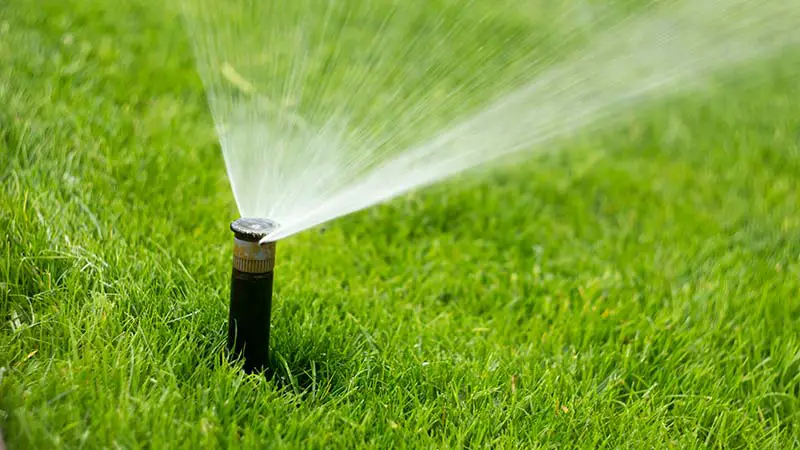
Cut Down on Water Waste
Water waste is inevitable when using an automatic sprinkler system, as there is no way to ensure that the timings are completely perfect for your lawn. However, there are plenty of ways to cut down on this water waste and make sure any and all water being used by your irrigation system is going to good use.
You can do this by ensuring that the system is working correctly and that there is no damage to the pipes or sprinkler heads that could lead to wasted water. Ensuring the water pressure is adequate and will run sprinklers effectively is also important.
When Should Your Sprinkler Run?
Your sprinkler system’s runtime should depend on some of the factors mentioned previously. Particularly ones pertaining to the type of grass you have, the type of sprinklers, and the climate. There are a couple of ways you can determine the ideal length of your sprinkler’s run time, taking into account the previously mentioned factors.
Tin Can Test
The tin can test is used as a way to determine the amount of water that is actually hitting the ground. This method helps determine how much water is needed, to also enable you to reduce the amount of water waste you may be producing. The tin can test involves using containers of the same size, and scattering them around the lawn before the sprinklers run to see how much water is left in them once the cycle ends. This will show the areas that receive more water, and how much water the grass is receiving whilst the sprinklers are on their current cycle.
Time and Schedule
The time and schedule of the sprinkler system depend on different variables. It’s often advised to run your cycle during the morning or in the evening, as the water will not evaporate as quickly as it is usually cooler during these times.
Spray and Soak
For hotter weather, the spray and soak method also allows for some more effective watering. The spray and soak method is achieved by running the sprinklers for up to 10 minutes, leaving the water to soak for up to 30 minutes, and then repeating the process one or two times to ensure that the water has been absorbed. This is ideal in hotter weather, as it prevents the grass from drying out too quickly and also prevents water from being wasted by evaporating too quickly. It will also save you from repeating the process again during the day.
Don’t Water for Too Long
Watering for too long can be dangerous for your grass. Anything longer than 30 minutes can be considered too long, regardless of how warm it is outside. If you find that your grass needs to be watered for longer than 30 minutes, try using either the spray and soak method or water your lawn for less time but more frequently.
Final Thoughts
The amount of time spent watering your lawn can depend vastly based on the different factors that may be involved. It may be a delicate balance trying to ensure that your water isn’t wasted, whilst also ensuring that your lawn is given enough to thrive. Trial and error is one of the better approaches to making sure that your lawn is watered correctly, and thinking logically about your actions will hopefully reduce any risk that could come to your lawn.

